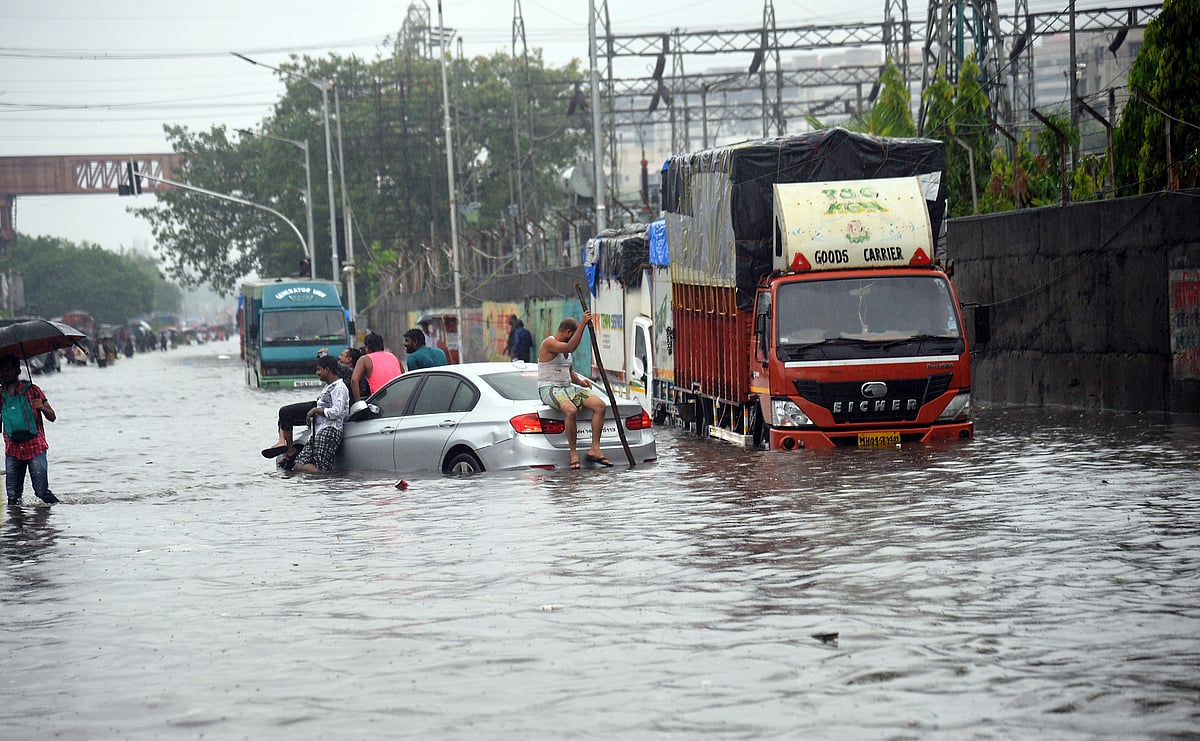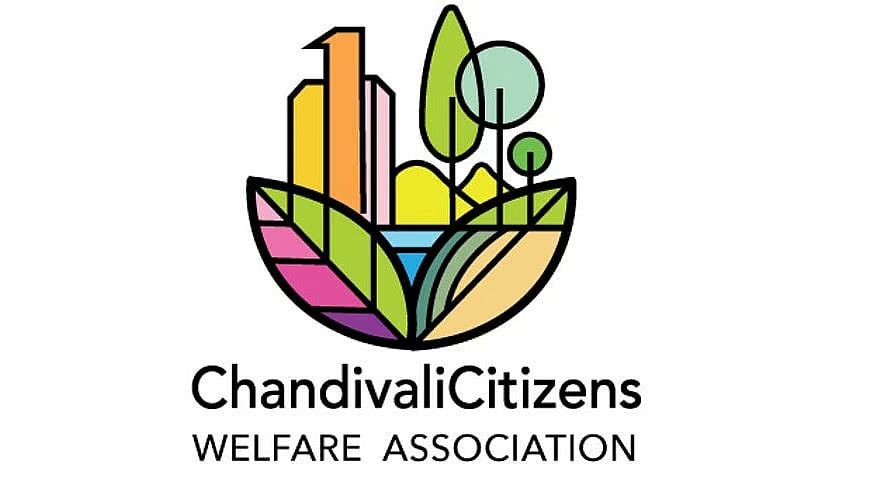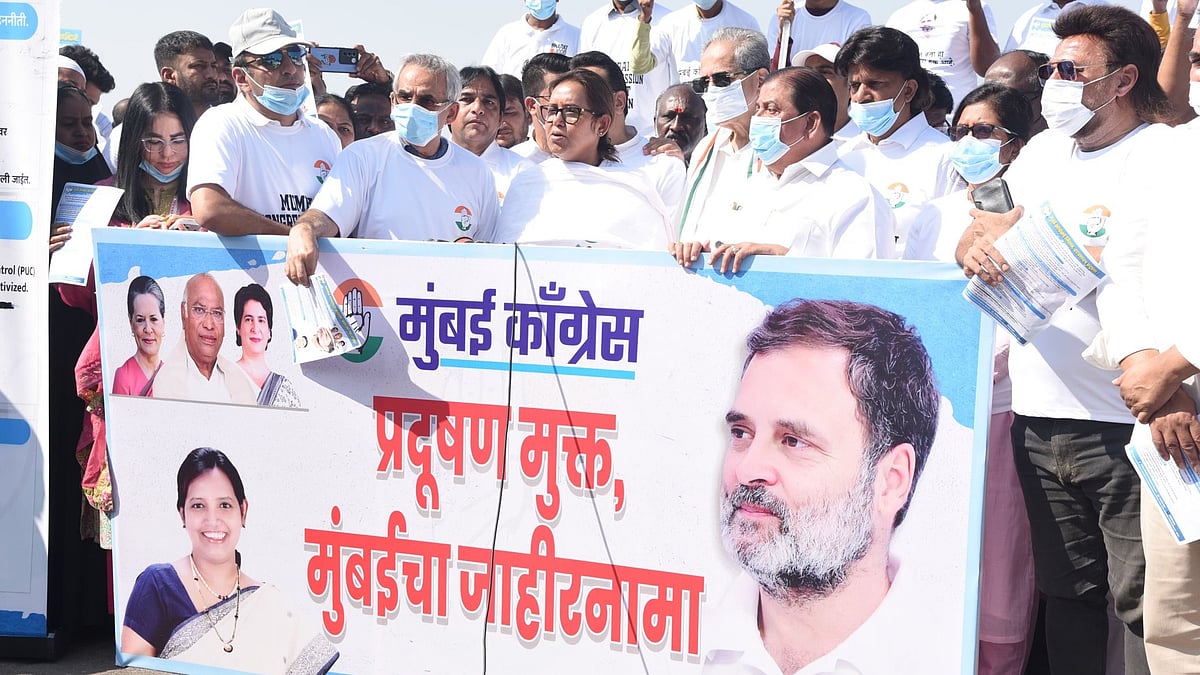A new World Bank report, titled "Towards Resilient and Prosperous Cities in India," has flagged Mumbai, Surat and Kolkata as some of the most vulnerable Indian cities, likely to face severe coastal flooding due to rising sea levels by 2100.
The report warns that urban expansion, lack of preventive planning and climate change are rapidly reshaping flood risks across India’s metropolitan areas.
Why the Urban Poor Are Most at Risk
The report highlights how affordable housing and job proximity often force the urban poor to settle in flood-prone zones. In Mumbai, rents in such high-risk areas are typically 20–25% lower than the city average, making them the only viable option for low-income residents, despite the dangers.
Mumbai, Surat, Kolkata Could Be Submerged
In Greater Mumbai, southern neighbourhoods may face regular inundation or become isolated during high tides. Even areas like Navi Mumbai and the northern suburbs are at risk, with sea water potentially entering through natural channels. If no containment measures are adopted, around 210 sq km of Mumbai’s built-up area could be exposed to flooding by 2100, the highest among Indian cities. Similar threats loom over Kolkata and Surat, especially the latter’s newer western developments.

Rising Economic Toll of Floods
Drawing from Aqueduct, a global flood analytics platform, the report projects a sharp increase in the annual cost of coastal flooding—from $2.4 billion in 2010 to $21 billion by 2030, and a massive $75 billion by 2050 if no adaptation or mitigation steps are taken.
What Causes Coastal Flooding?
Storm surges, tropical cyclones, and rising sea levels, particularly during the monsoon season, are the main culprits. India faces 2 to 4 tropical cyclones annually, with the Bay of Bengal being one of the most cyclone-prone regions globally. Coastal states like West Bengal, Odisha, Andhra Pradesh, and Tamil Nadu are particularly vulnerable.
Of India’s 7,500 km coastline, nearly 5,700 km is exposed to such hazards. A staggering 40% of India’s population lives within 100 km of the coast, much of it in urban areas, making the potential human and infrastructural toll massive.
Kolkata at High Risk of Mortality
Among all cities, West Bengal, specifically Kolkata, faces the highest risk of mortality and infrastructure damage from flooding. This is attributed to its extremely high population density and exposure to both coastal and rain-induced flooding.
Urbanisation Has Worsened Flood Risks
The report notes that unplanned urban expansion has drastically altered the flood risk landscape. With more concrete surfaces and fewer natural drainage systems, even cities previously considered low-risk are now regularly flooded. This includes Bengaluru, Hyderabad, and Indore, which lie in upper watershed areas.






